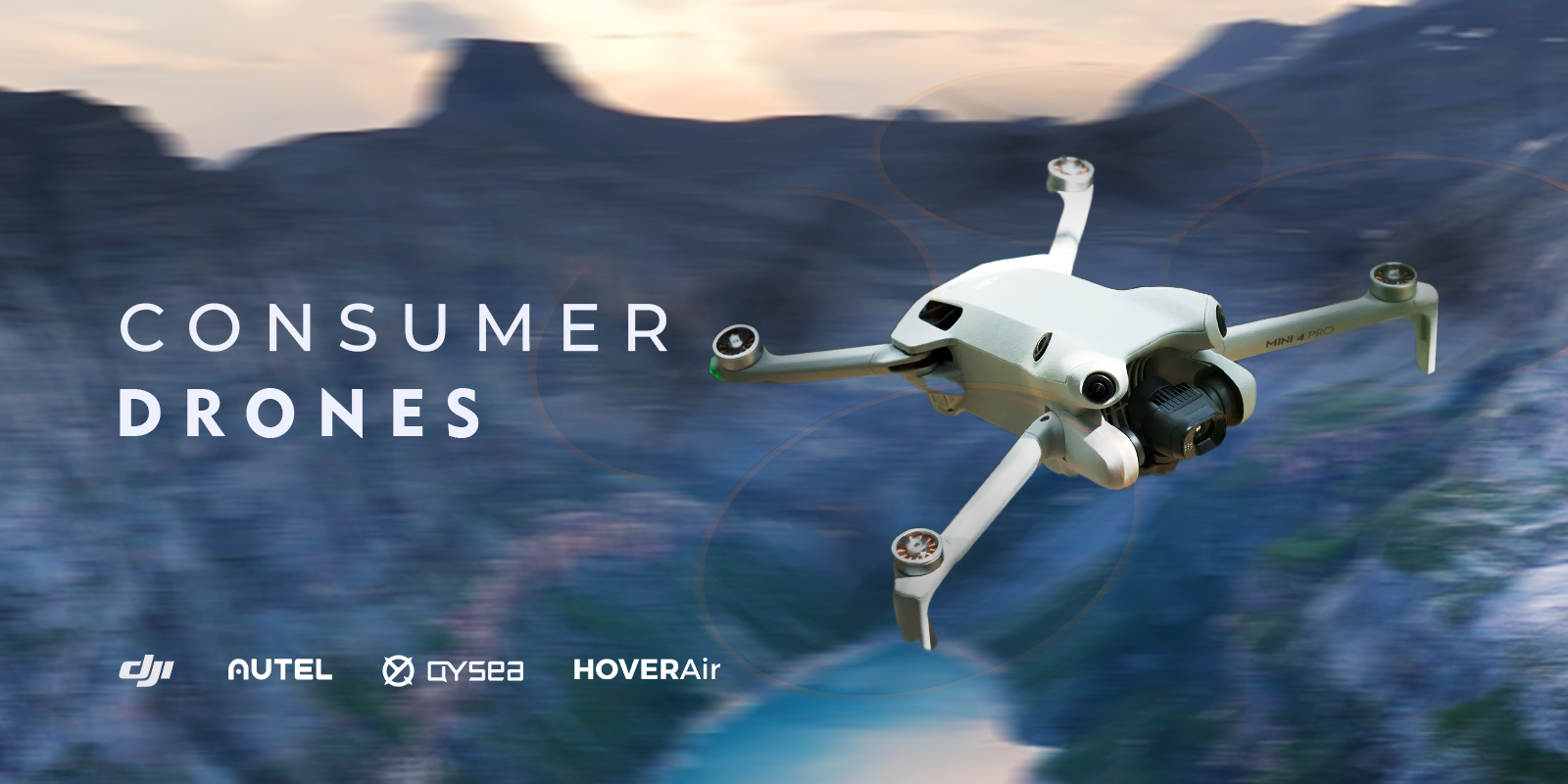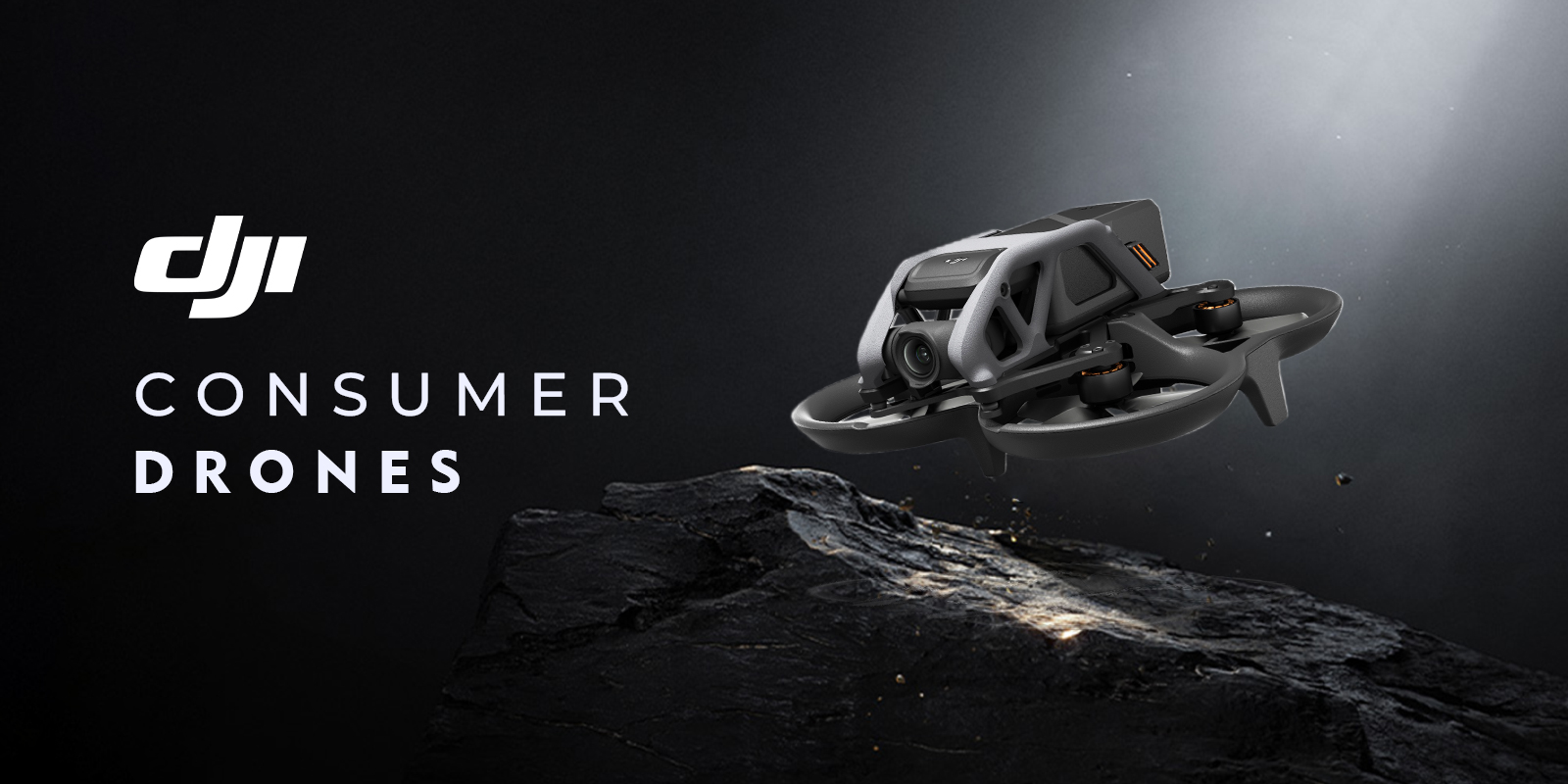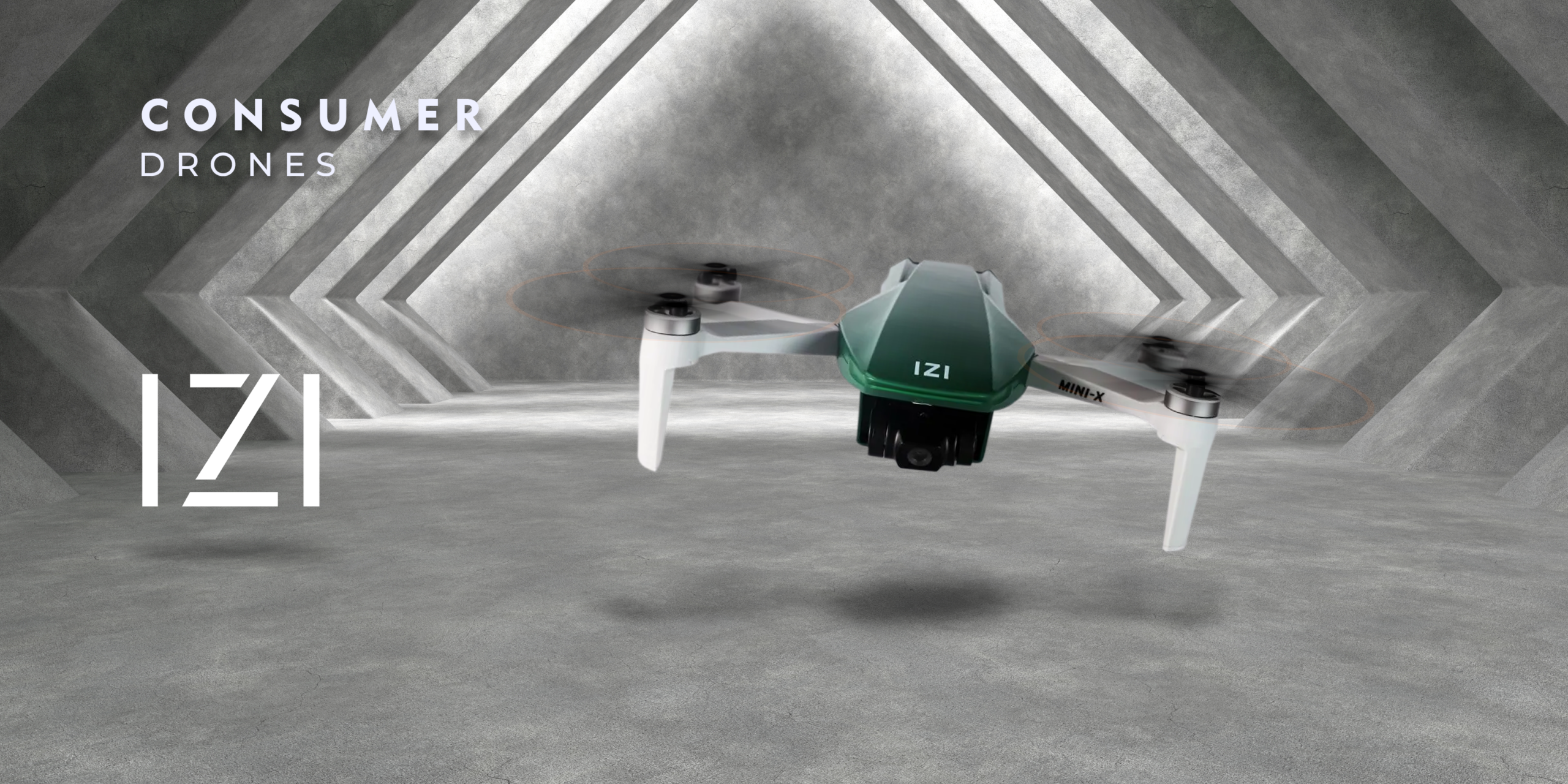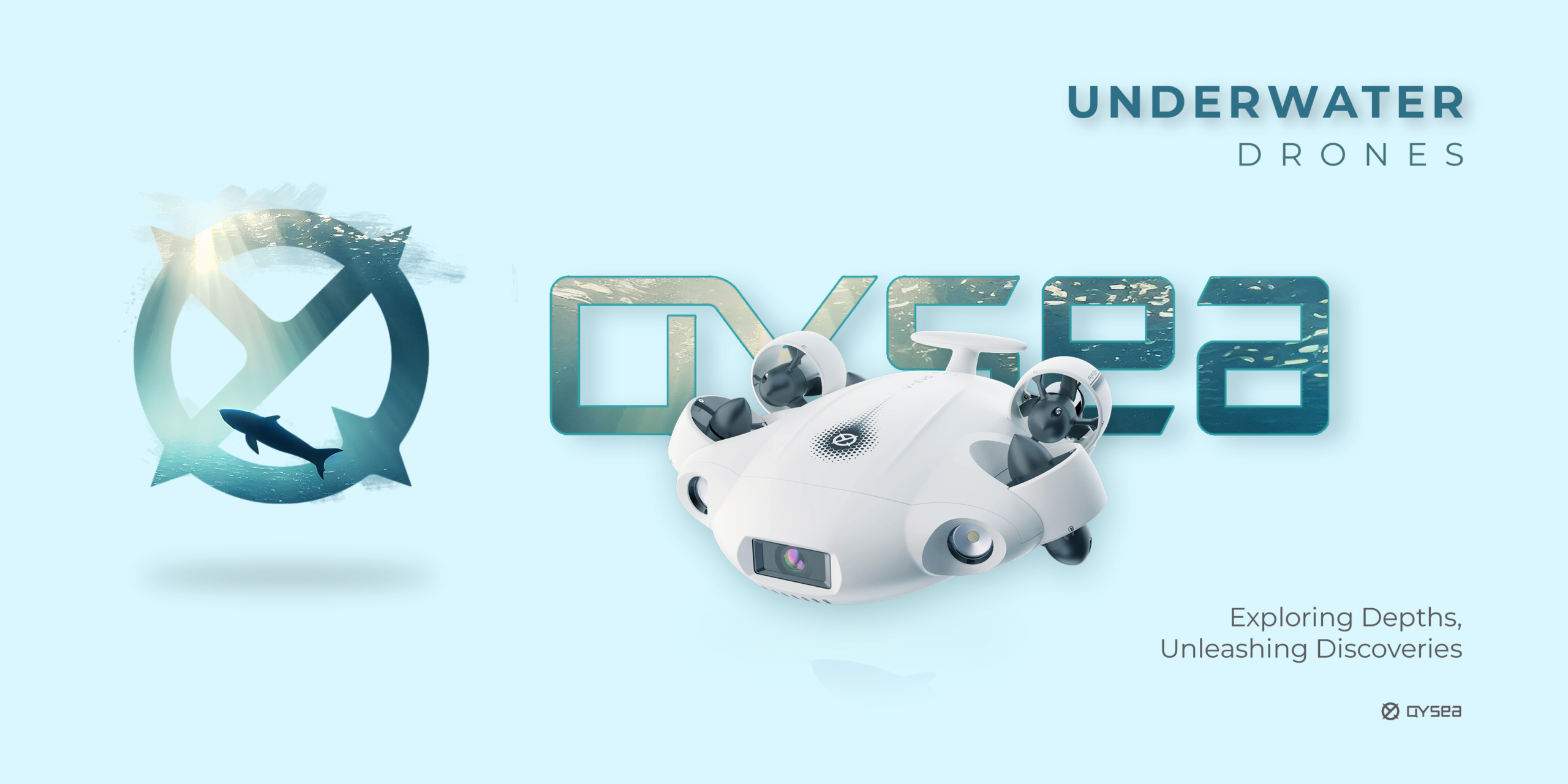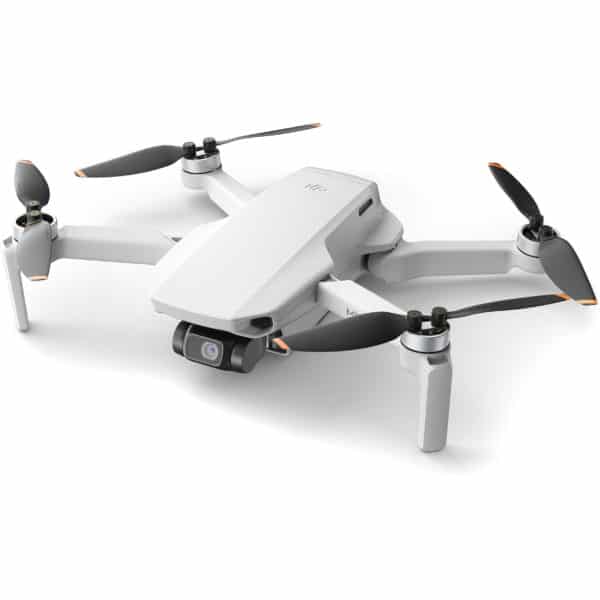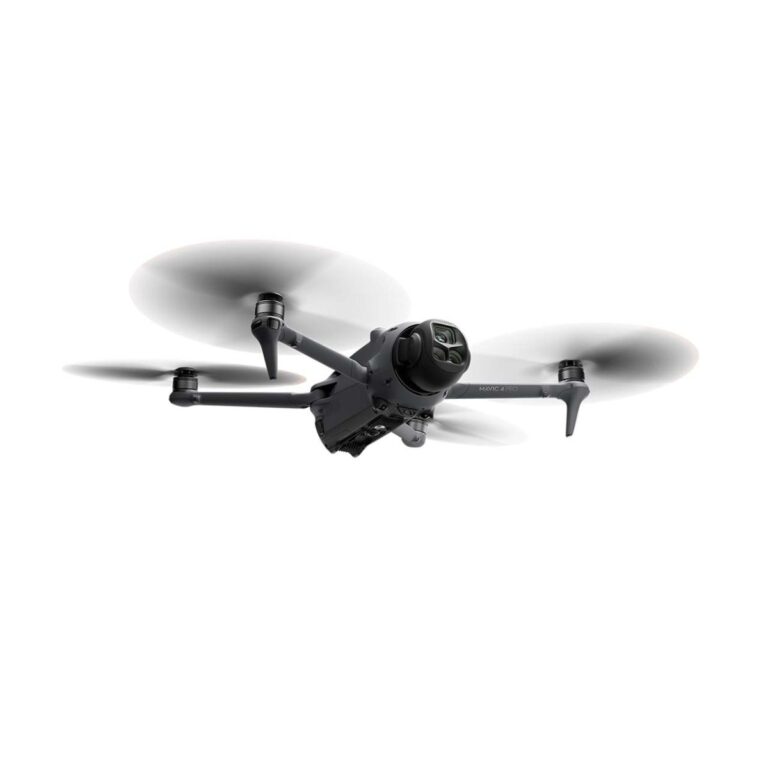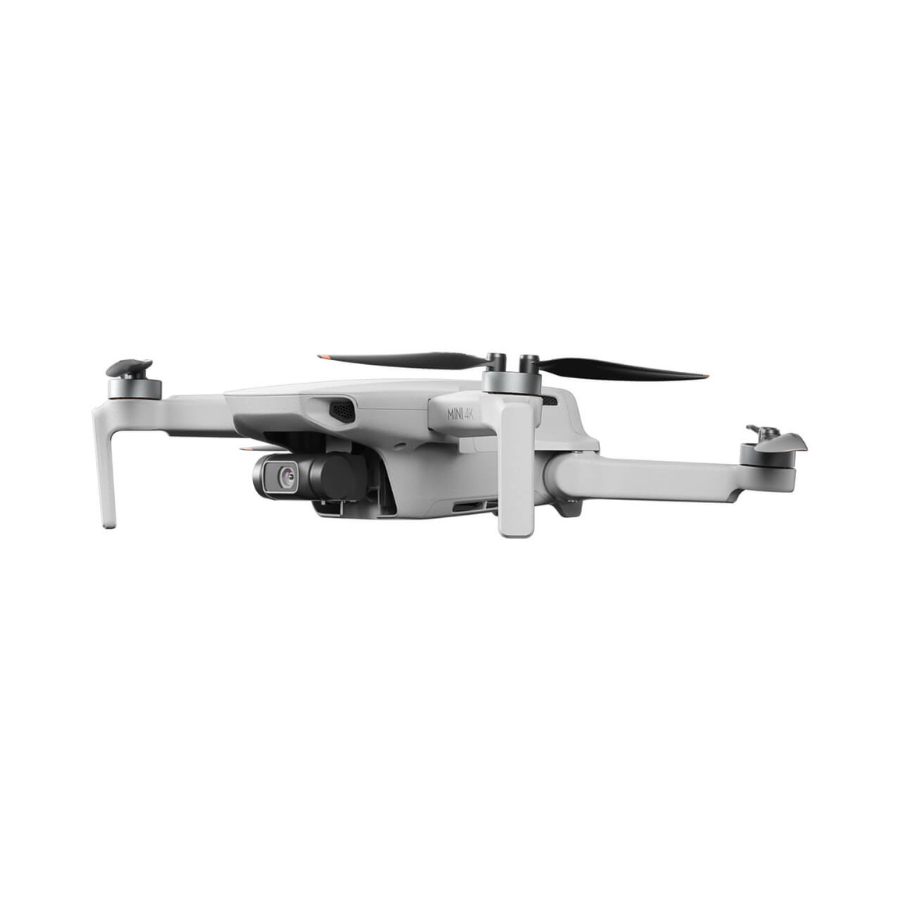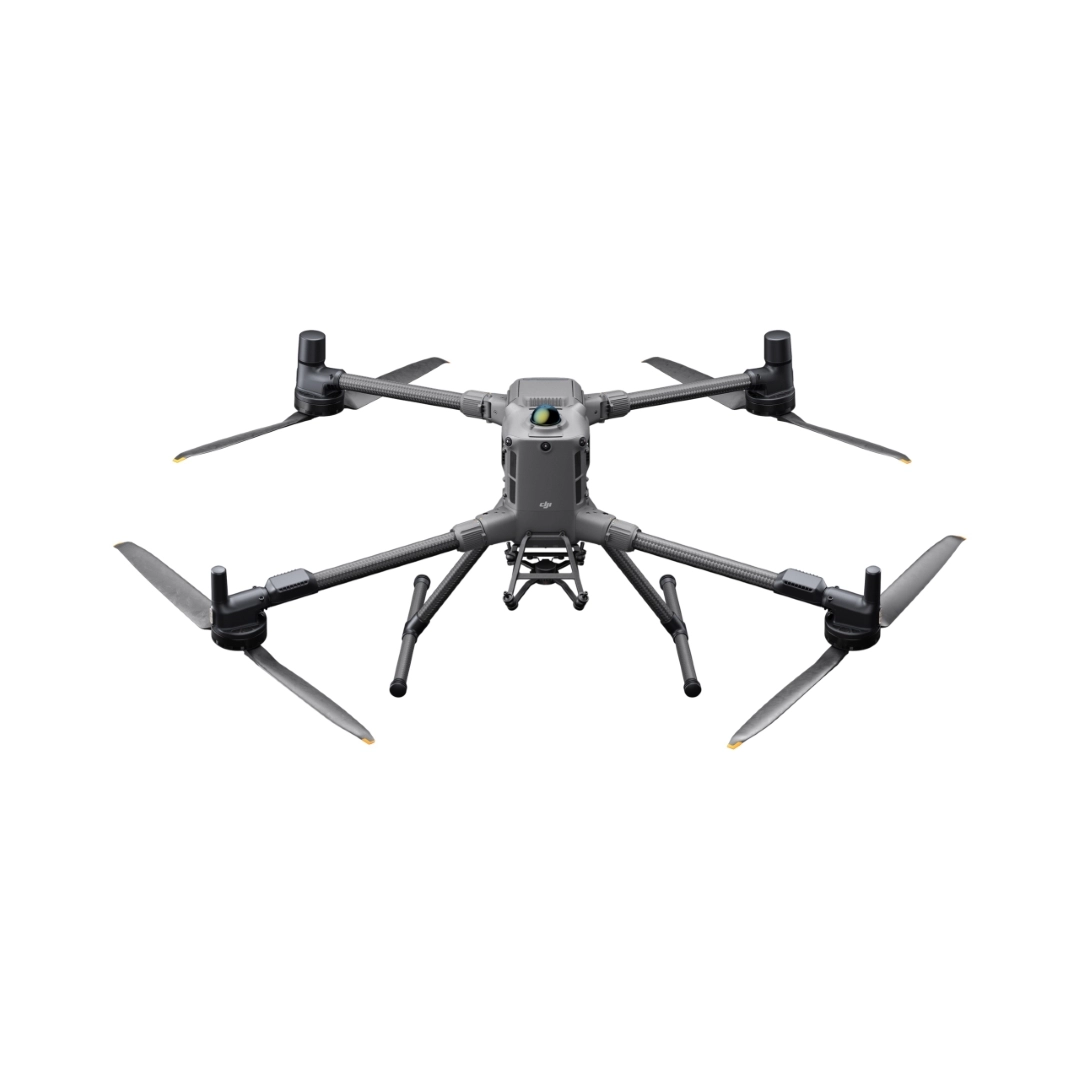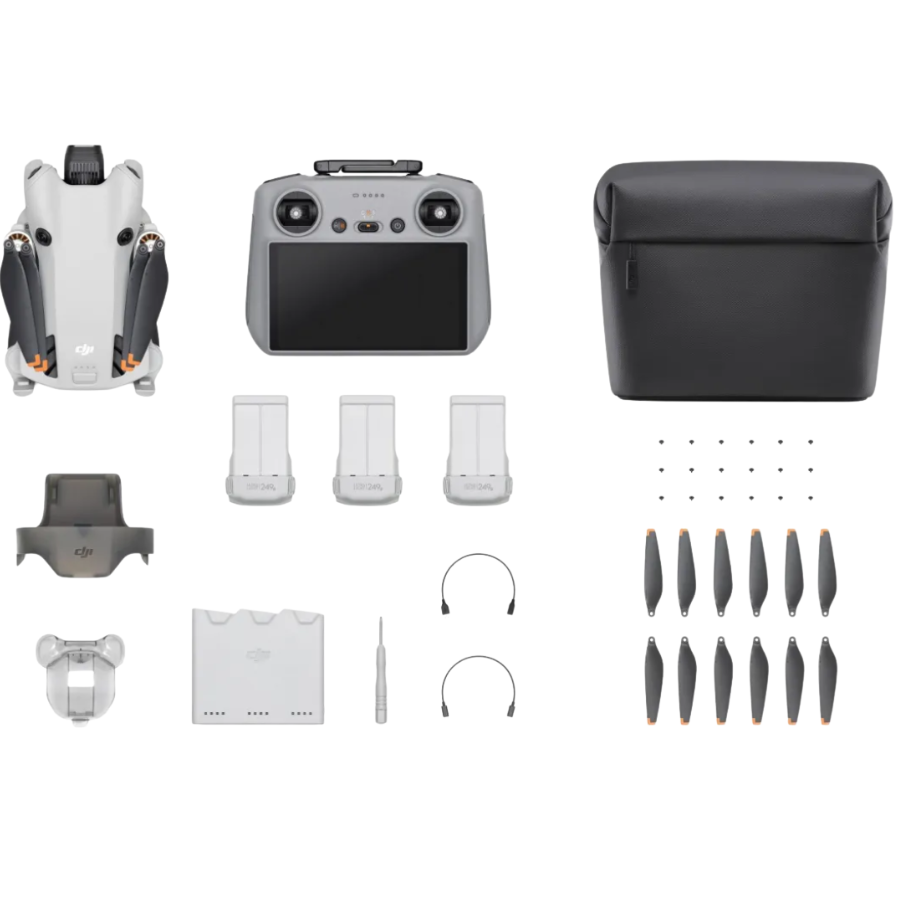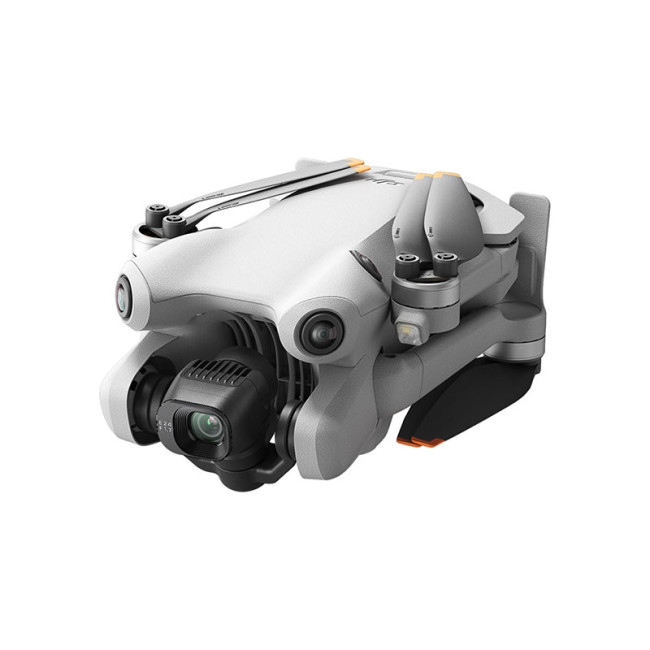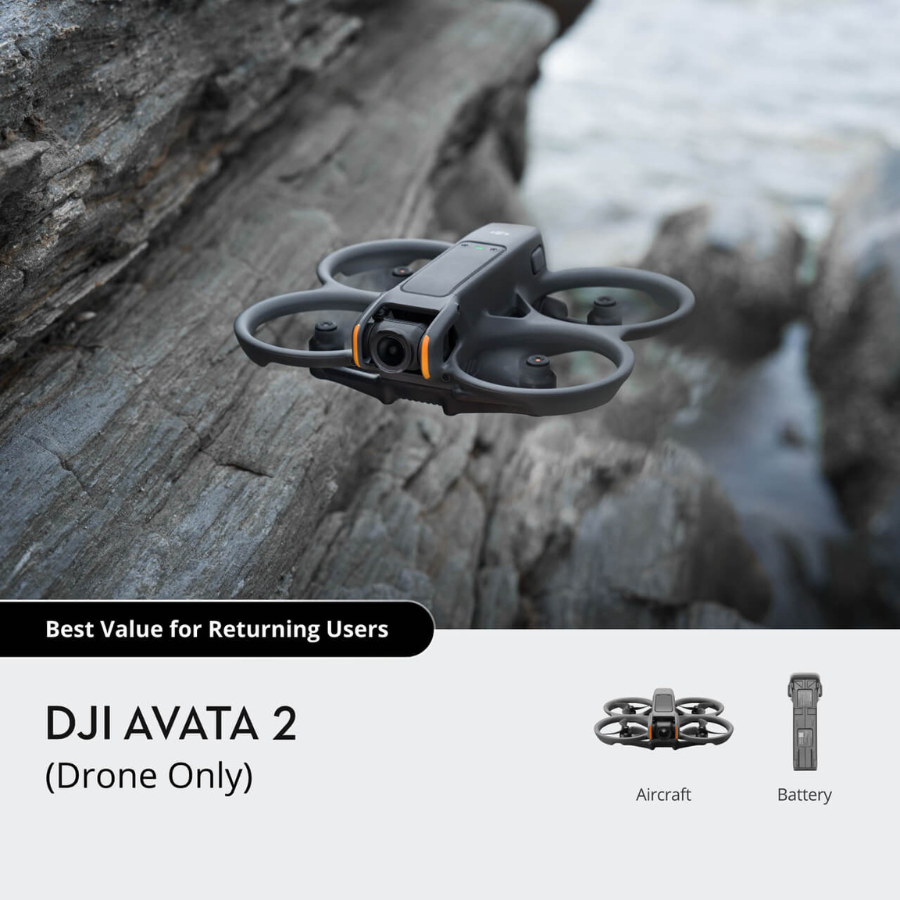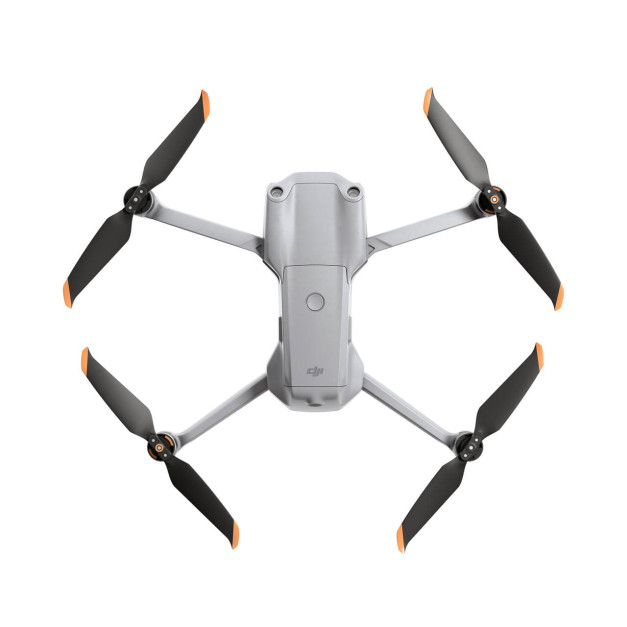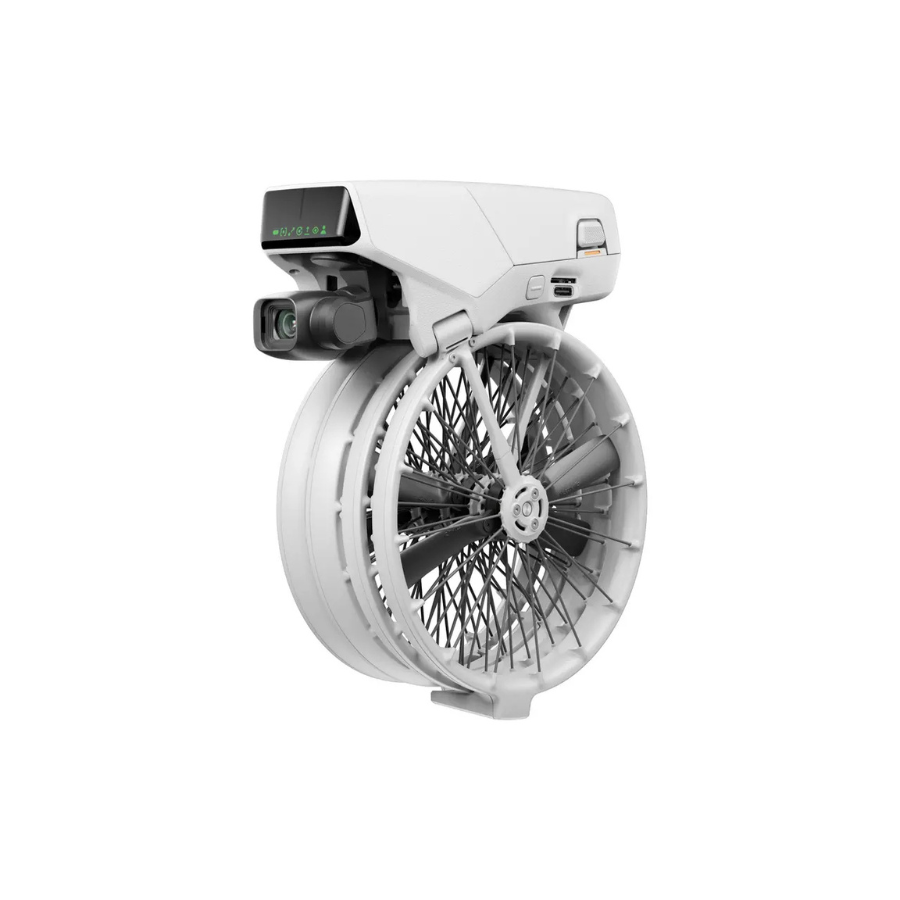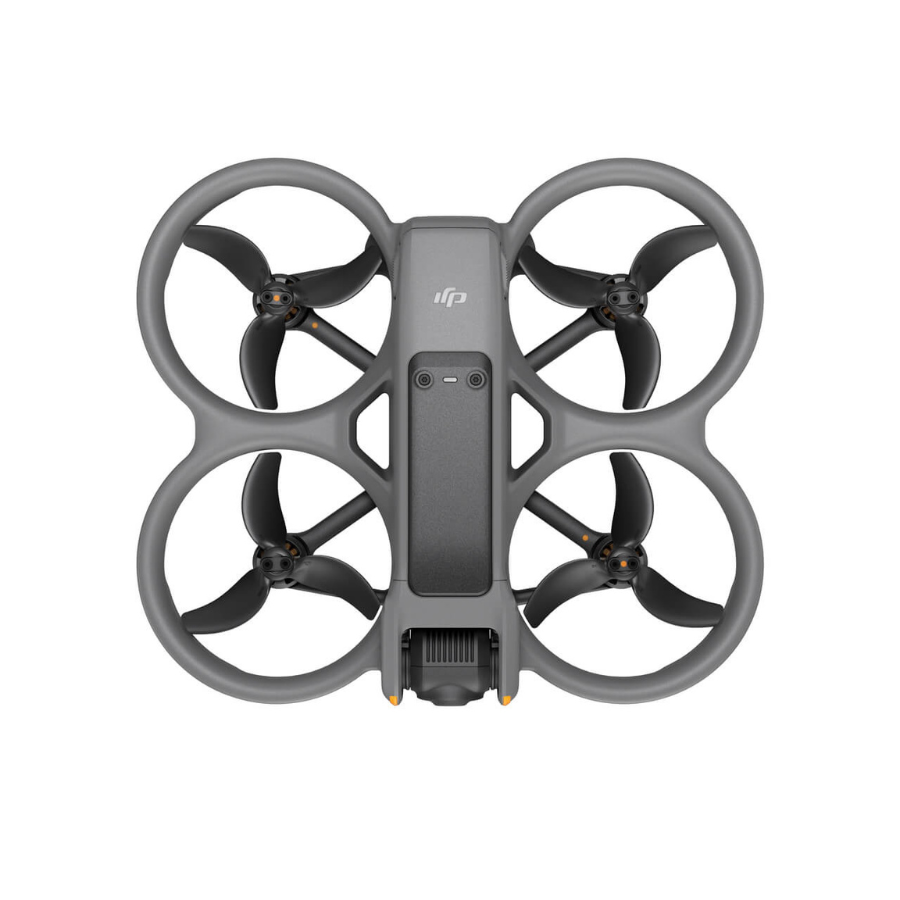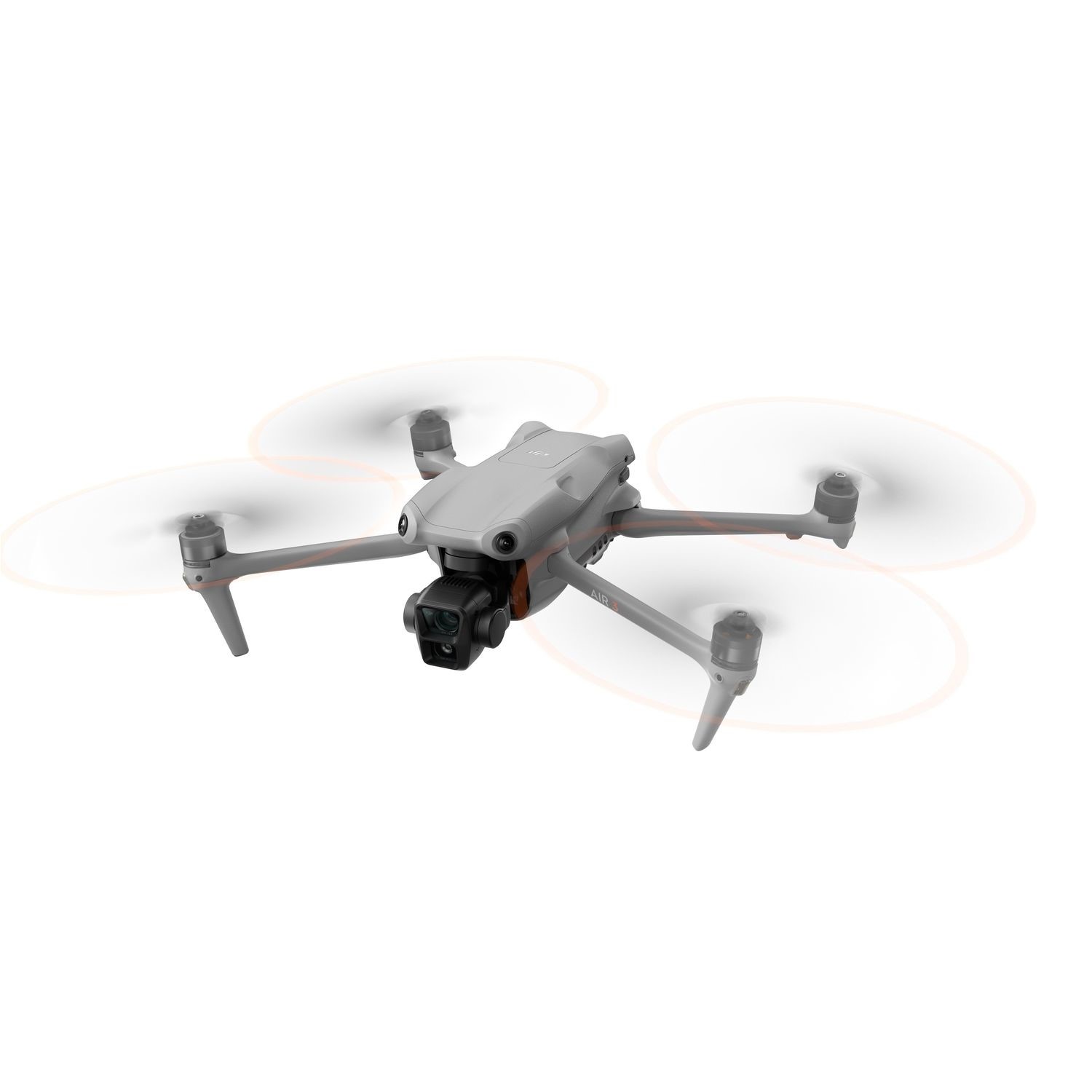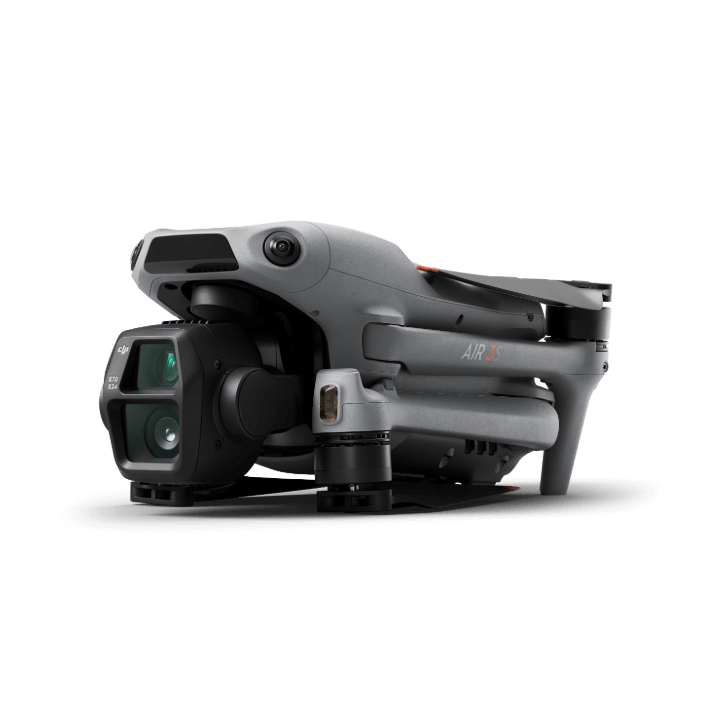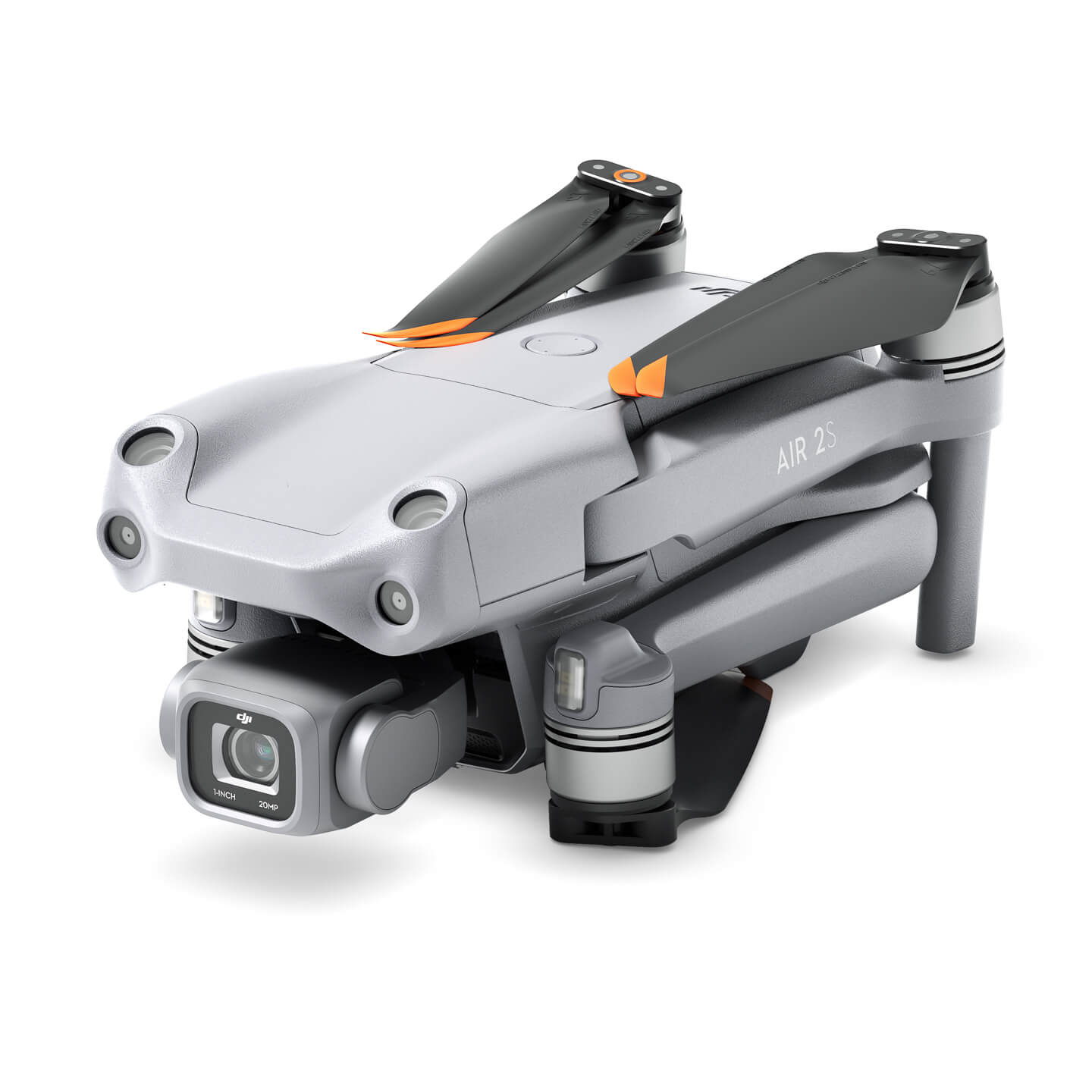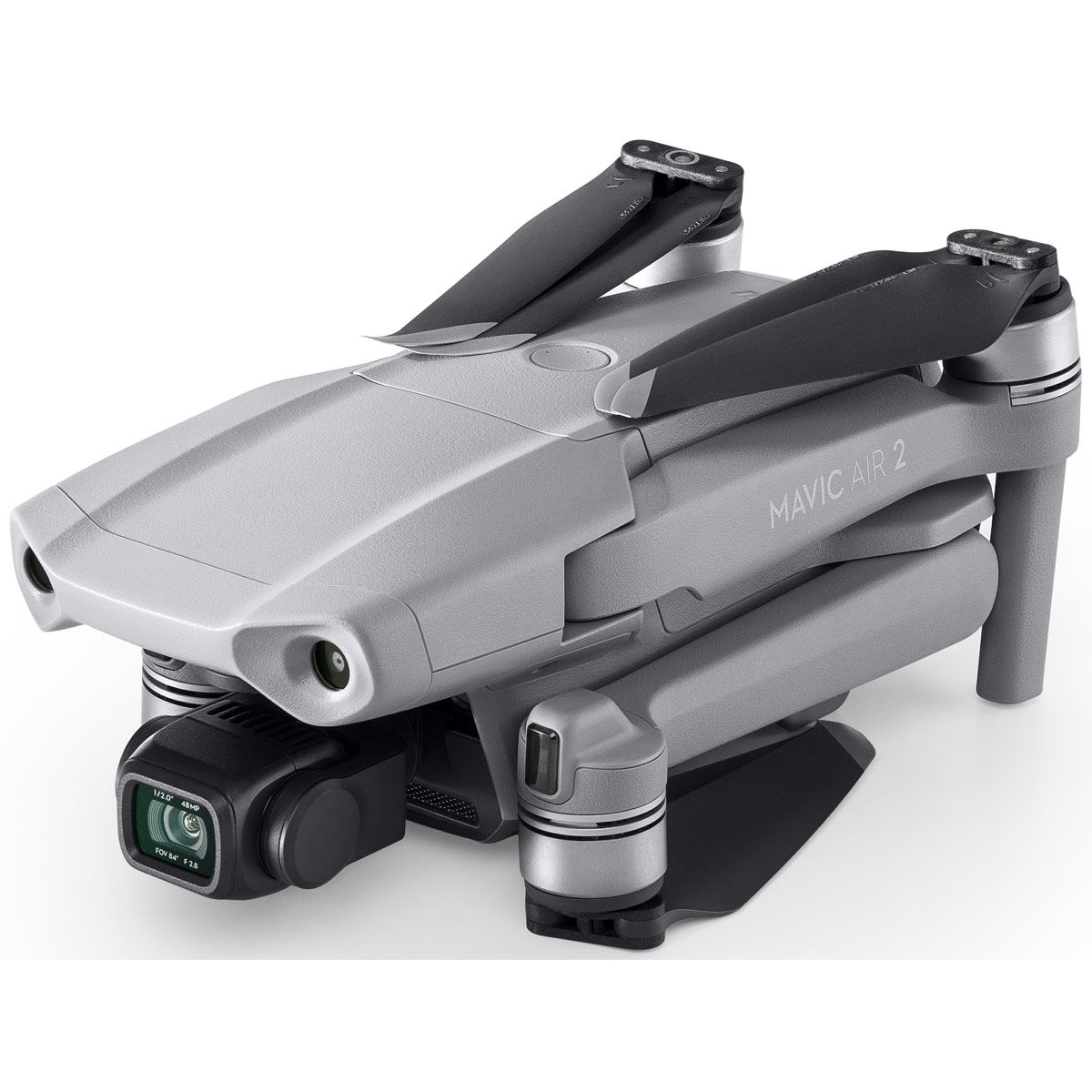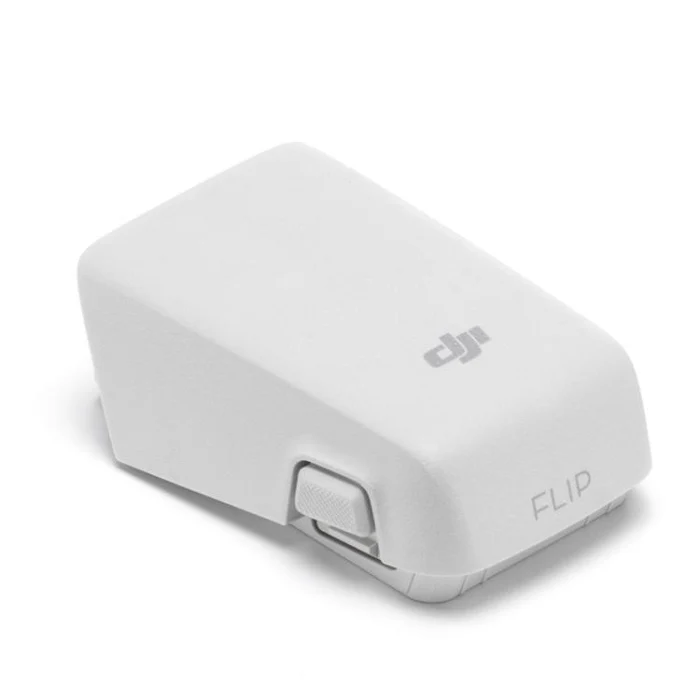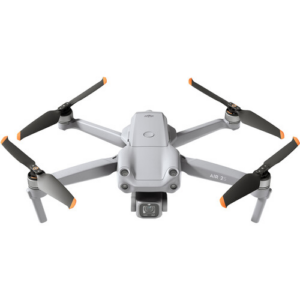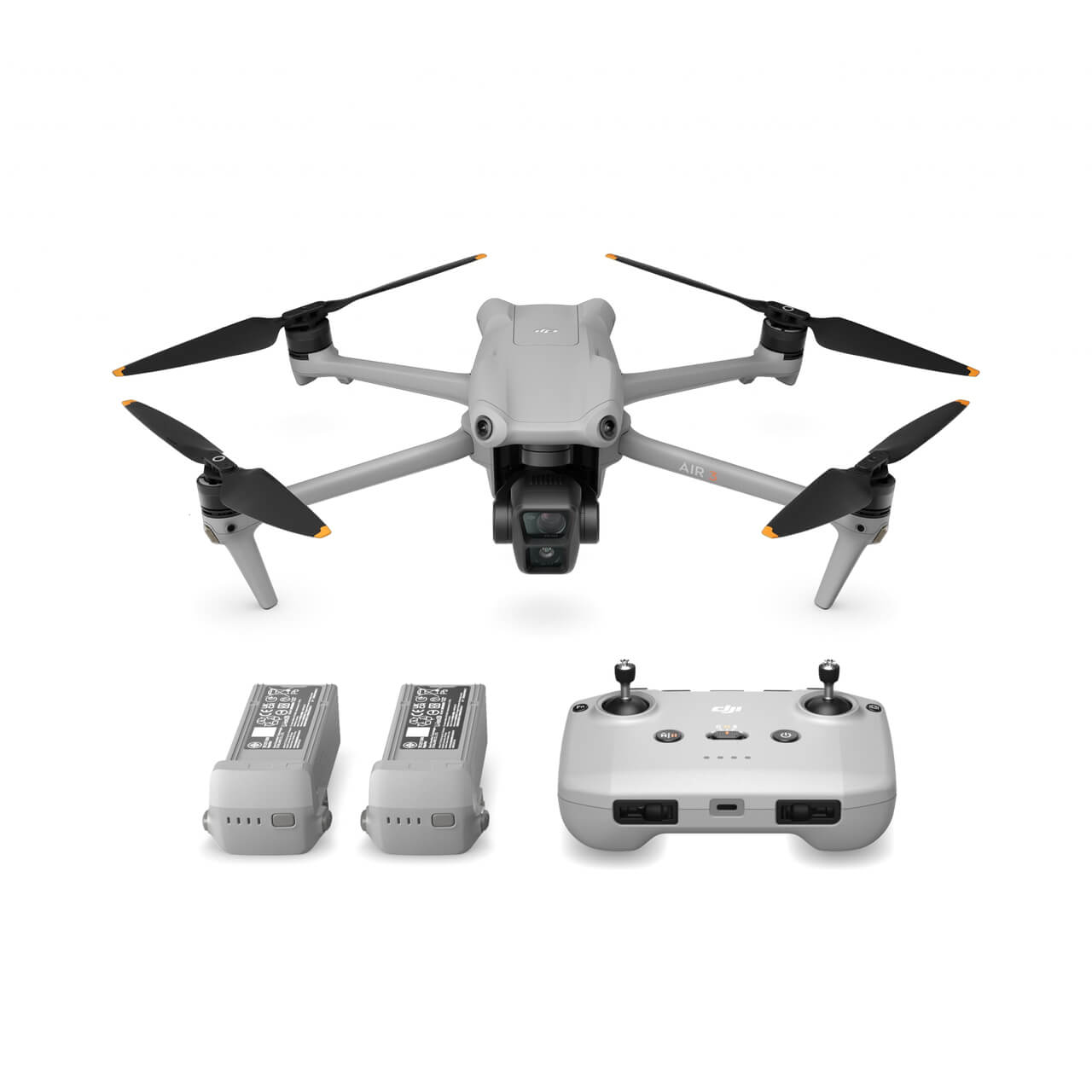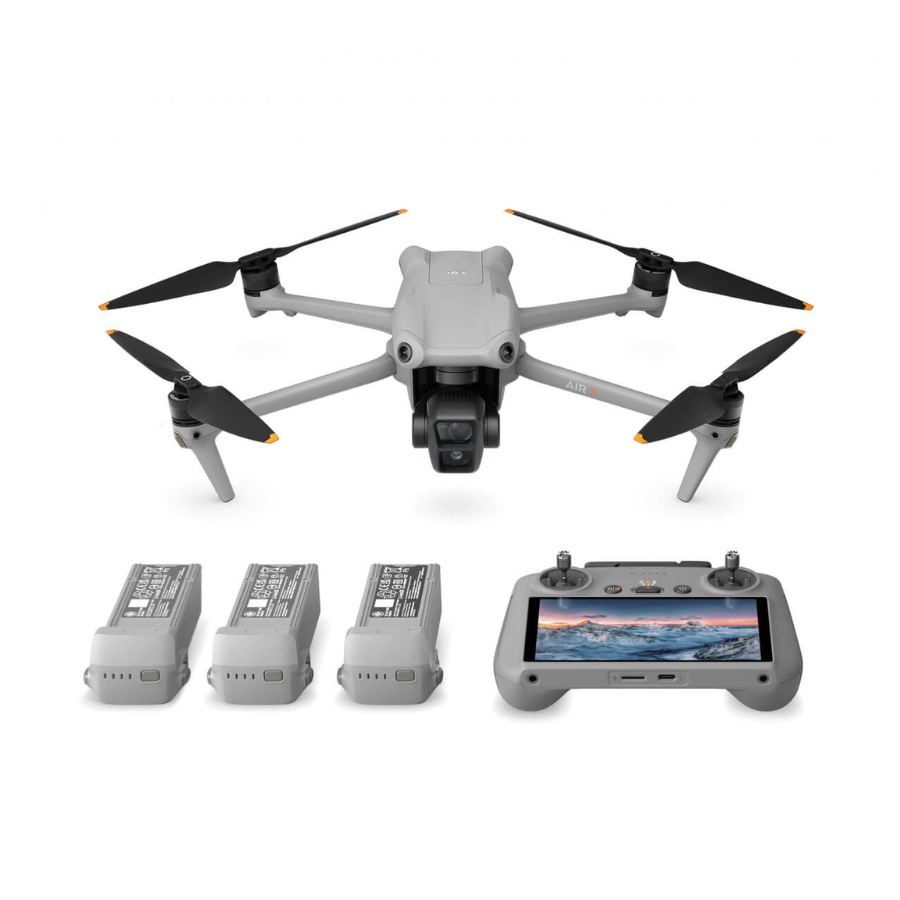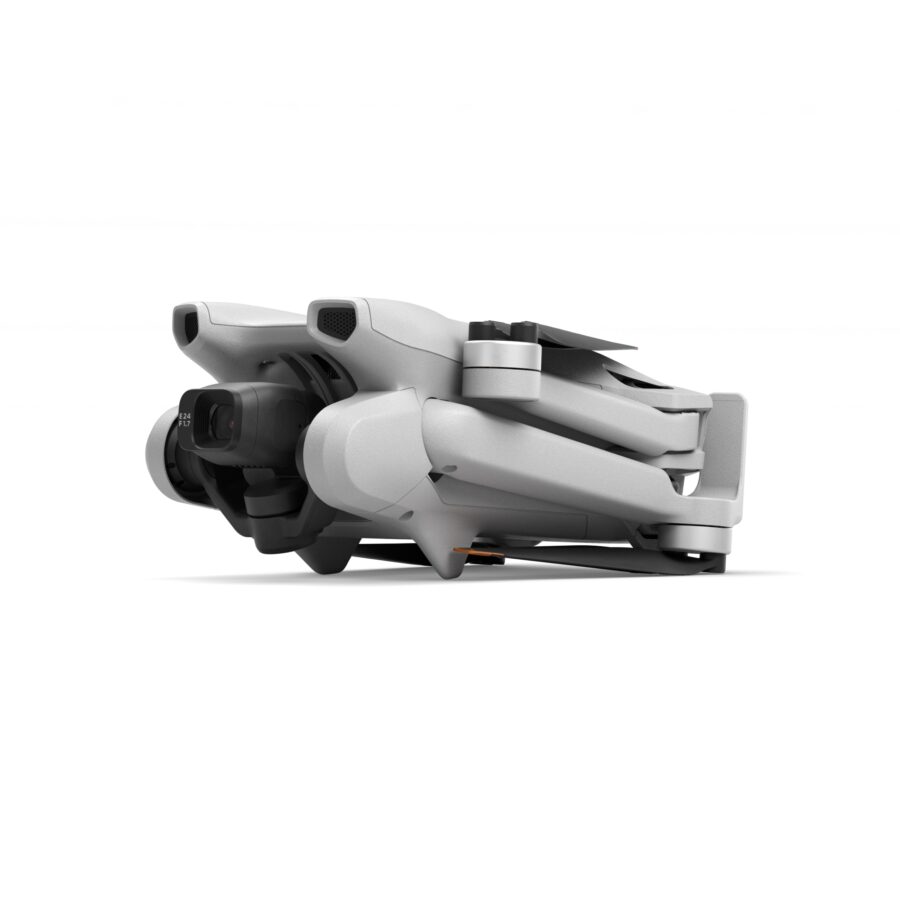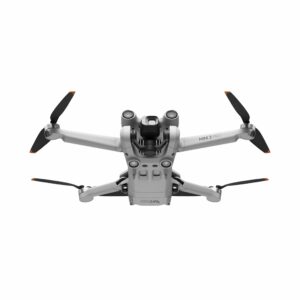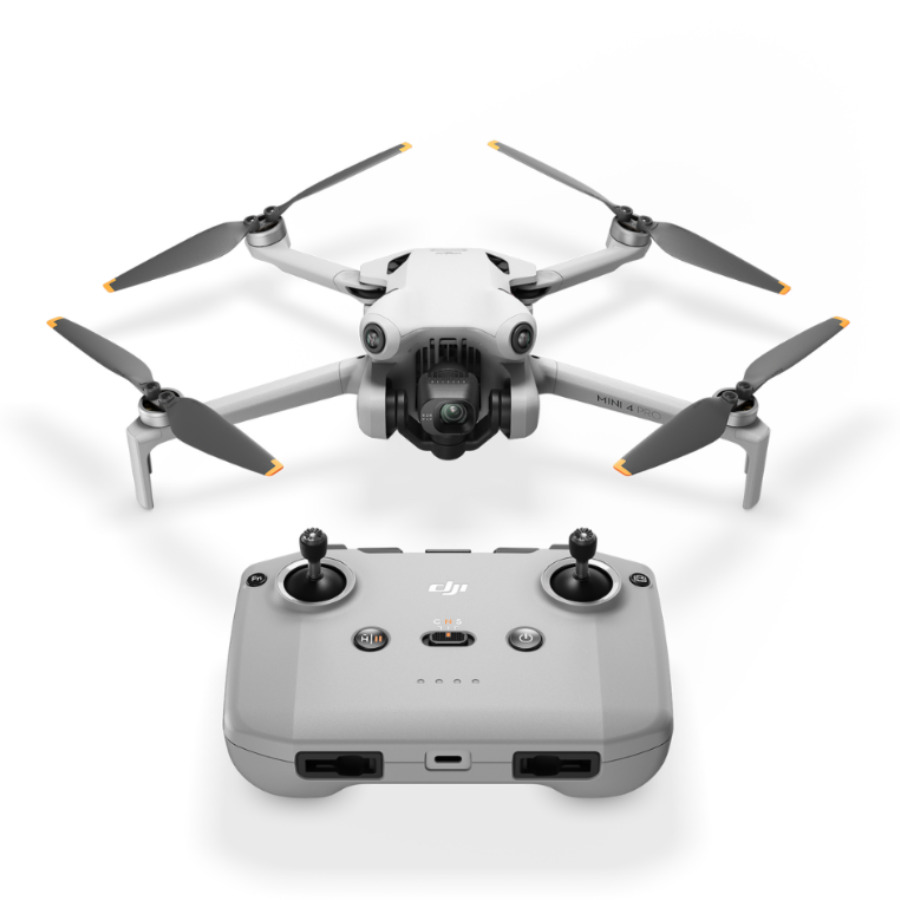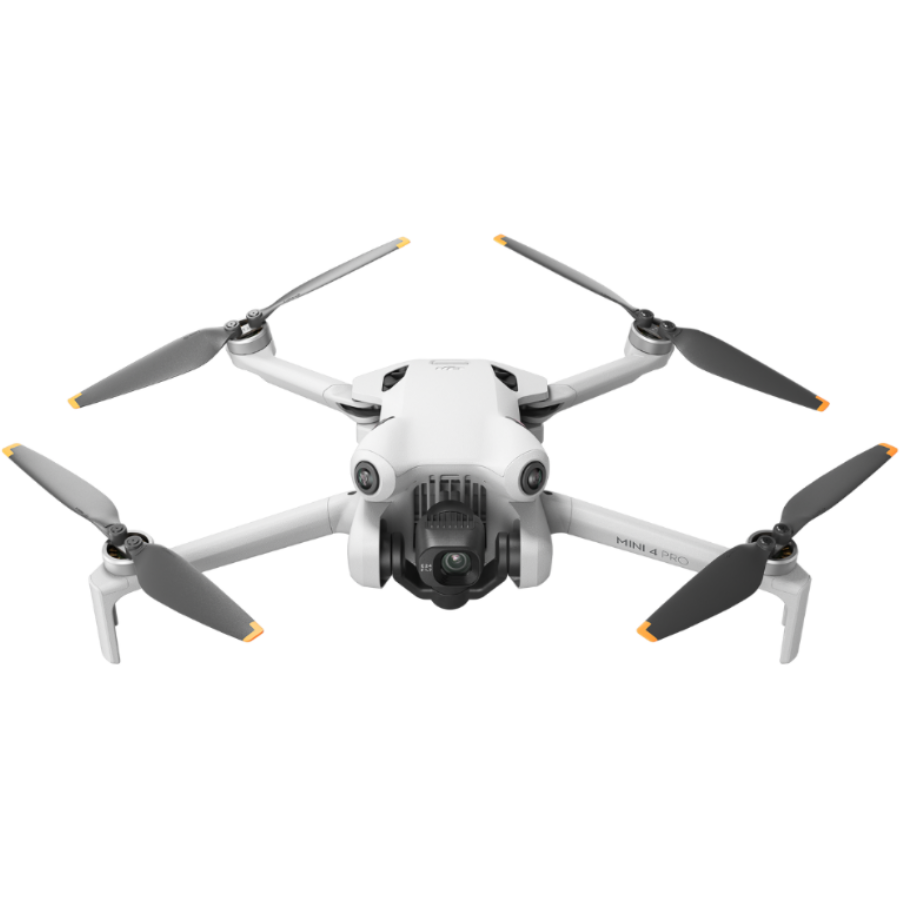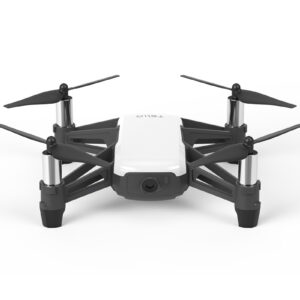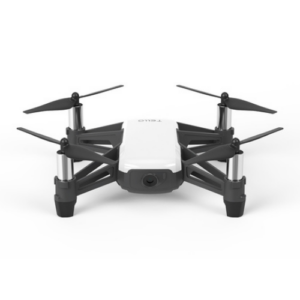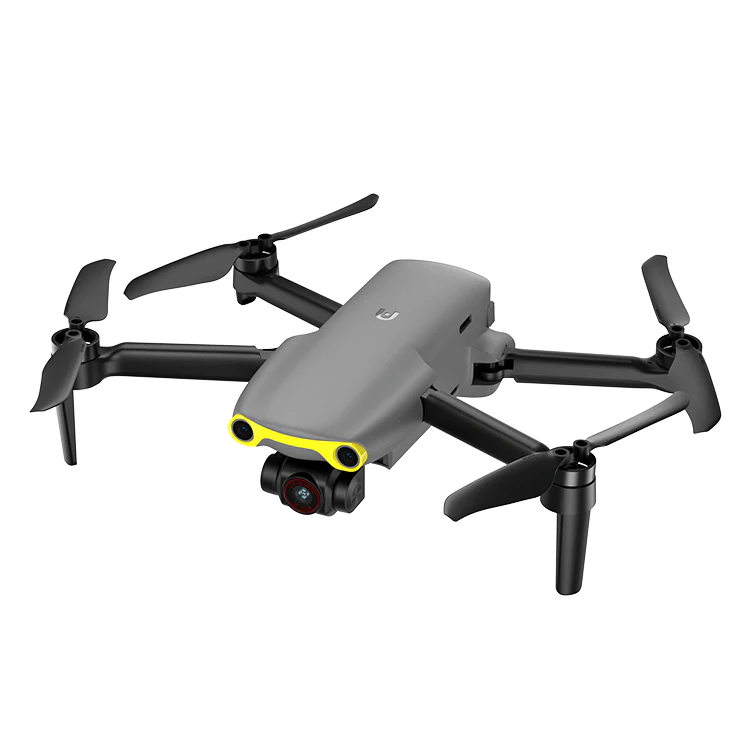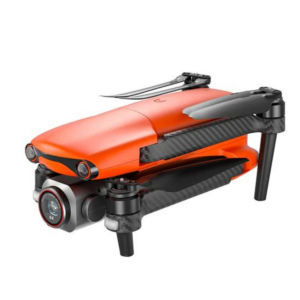Read More
The Sky Is No Longer the Limit: Exploring Consumer Drones
The sky is no longer the limit for photography, videography, or recreational flying. Thanks to rapid advancements, consumer drones now transform hobbies and adventures. These compact, powerful tools bring high-flying experiences to backyards and beyond. In this guide, we focus on “Consumer Drones”—uncovering the innovations and features that make each model unique.
The Rise of Consumer Drones
In recent years, consumer drones have soared in popularity. They now offer stunning new perspectives for photographers and adventurers. Leading this transformation is DJI—a brand known for quality and innovation. DJI’s lineup, including the Mini series, Avata, and Air series, has set the benchmark in consumer drone technology.
DJI’s Stellar Lineup
DJI Mini 3 Pro
The DJI Mini 3 Pro delivers big performance in a small package. Its compact, foldable design hides impressive flight time and strong wind resistance. It also captures 4K video with stunning clarity. Travelers and content creators love its portability and performance.
DJI Mini Series
The DJI Mini series blends power with simplicity. Models like the Mini 3 and upcoming Mini 4 Pro are user-friendly and efficient. Intuitive controls and smart flight modes help beginners fly with confidence and style.
DJI Avata
For an immersive flight experience, the DJI Avata stands out. Pair it with DJI’s FPV goggles for thrilling first-person views. Its agile flight and rugged build make it perfect for fast-paced adventures.
DJI Air Series
The DJI Air series combines power and portability. Models like the Air 3 and Air 2S feature high-resolution cameras and advanced sensors. They offer safer flights with smart obstacle detection and smooth navigation.
DJI Mavic Series
The DJI Mavic series sets the gold standard for drones. From the Mavic 3 to the Mavic 3 Pro, these models provide extended flight time and unmatched camera systems. Professionals trust them for stable, cinematic aerial shots.
Beyond DJI: Expanding Horizons
Although DJI leads the market, other brands also shine. Autel and QYSEA offer powerful alternatives with unique strengths. The Autel EVO Nano and Nano+ deliver vivid imaging in compact bodies. Meanwhile, QYSEA’s FIFISH V6 and FIFISH EVO explore new depths—literally. These underwater drones let you capture breathtaking scenes beneath the surface.
Choosing Your Drone
Picking the right drone starts with clear goals. Consider flight time, camera quality, and portability. Budget also plays a key role. Beginners may prefer easy-to-fly models, while professionals need more advanced features. The right drone will match your skills and creative needs.
Mastering Drone Photography and Videography
Owning a drone is just the first step. To capture great content, you must learn the controls and basic photography principles. While automated modes help, manual control offers more creative freedom. Practice regularly to unlock your drone’s full potential.
Drone Regulations and Safety
Flying drones safely is essential. Always check your local rules before taking off. Follow height limits, avoid no-fly zones, and respect privacy. Responsible flying protects people, property, and your drone itself.
The Future of Consumer Drones
The future holds exciting developments for consumer drones. Expect longer flights, better cameras, and smaller designs. AI and machine learning could soon enable fully autonomous flight paths. These features will open new doors for creators and explorers alike.
Conclusion
Consumer drones have changed how we see the world. They give hobbyists and professionals new ways to create and explore. Whether you fly the DJI Mini 3 Pro, race with the DJI Avata, or dive with the FIFISH V6, the sky—and sea—awaits.
Embrace the thrill of flight. With consumer drones, your creativity has no limits.
FAQs
What are consumer drones?
Consumer drones are unmanned aerial vehicles (UAVs) designed for public use, including photography, videography, and recreational flying. Unlike commercial or military drones, they are accessible to hobbyists and professionals alike, offering a range of capabilities from basic flight to advanced aerial cinematography.
Which DJI drone is best for beginners?
The DJI Mini series, particularly the DJI Mini 3 Pro, is ideal for beginners. Its compact size, ease of use, and safety features make it perfect for those new to drone flying, offering a balance between functionality and user-friendliness.
Can DJI consumer drones be used for professional photography and videography?
Absolutely. Models like the DJI Mavic 3 Pro and DJI Air 2S are equipped with advanced camera systems capable of capturing high-resolution images and videos, making them suitable for professional content creation.
How do I choose between the DJI Mini 3 Pro and DJI Avata?
The choice depends on your priorities. If you value portability and traditional aerial photography, the DJI Mini 3 Pro is your best bet. For those interested in immersive flight experiences and dynamic FPV (First Person View) flying, the DJI Avata is the preferred option.
Are there drones designed for indoor use?
Yes, drones like the DJI Avata are designed with indoor flying in mind, featuring propeller guards and stable hover capabilities to safely fly in enclosed spaces.
What’s the difference between the DJI Air 2S and DJI Mavic 3?
The DJI Air 2S is known for its compact size and excellent camera quality, making it great for enthusiasts and semi-professionals. The DJI Mavic 3, on the other hand, offers superior camera specs, longer flight times, and additional professional-grade features, targeting professional photographers and videographers.
How long can consumer drones fly on a single charge?
Flight times vary by model but generally range from 20 to 40 minutes. Models like the DJI Mavic 3 offer longer flight times, while compact models such as the DJI Mini 3 Pro have slightly shorter durations due to their smaller battery sizes.
What should I know about drone regulations?
Drone regulations vary by country and region, typically covering maximum flight altitude, no-fly zones, and proximity to people and sensitive areas. It’s crucial to check local regulations before flying a drone to ensure compliance and safety.
Can consumer drones fly in rain or windy conditions?
Most consumer drones, especially high-end models like the DJI Mavic 3 Pro, are designed to withstand mild to moderate windy conditions. However, flying in rain is generally not recommended, as most consumer drones are not waterproof.
Where can I find tutorials for flying consumer drones?
DJI offers a range of tutorials on their official website and YouTube channel, covering basics to advanced flying techniques. Additionally, numerous online communities and forums are dedicated to drone enthusiasts, providing tips, tricks, and advice for flying consumer drones.

